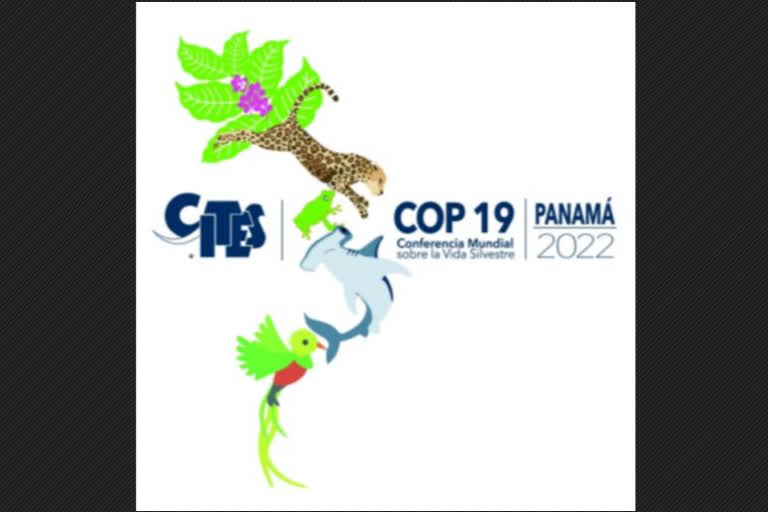New Delhi: The 19th meeting of the Conference of Parties (CoP) to the Convention on International Trade in Endangered Species (CITES) of wild fauna and flora is being held in the scenic city of Panama from November 14 to 25. Shisham (Dalbergia sissoo) is included in Appendix II of the convention, thereby requiring to follow CITES regulations for the trade of the species.
As of now, every consignment of weight above 10 kg requires CITES permits. Due to this restriction, exports of furniture and handicrafts made of Dalbergia sissoo from India have been continuously falling from an estimated Rs 1,000 crore per annum before the listing, to Rs 500 to Rs 600 crore per annum after the listing. The decrease in exports of Dalbergia sissoo products has affected the livelihood of around 50,000 artisans, who work with the species.
On India's initiative, a proposal to clarify the quantity of Shisham (Dalbergia sissoo) items such as furniture and artefacts was considered in the current meeting. After sustained deliberations by Indian representatives, it was agreed upon that any number of Dalbergia sissoo timber-based items can be exported as a single consignment in a shipment without CITES permits if the weight of each individual item of this consignment is less than 10 kg. Furthermore, it was agreed that for the net weight of each item, only timber would be considered and any other item used in the product like metal will be ignored. This is a great relief for the Indian artisans and furniture industry.
Also read: India to take over as chair of Global Partnership on Artificial Intelligence
It may be recalled that during the 17th meeting of the Conference of Parties (CoP) at Johannesburg, South Africa in 2016, included all species of Genus Dalbergia in Appendix II of the convention, thereby requiring to follow CITES regulations for the trade of the species. In India, the species Dalbergia sissoo (North Indian Rosewood or Shisham) is found in abundance and is not treated as an endangered species.
During the discussion, the parties duly acknowledged that Dalbergia sissoo was not at all an endangered species. However, concerns were expressed regarding the challenges in distinguishing different species of Dalbergia in their finished forms. The countries said that there was an urgent need for developing advanced technological tools for distinguishing the finished wood of Dalbergia, especially at the Customs point.
Considering this aspect and in the absence of a clear technology for distinguishing the finished wood, the CoP did not agree to de-list the species from CITES Appendix: II. However, the relief given in terms of the weight of each item will solve the problem of Indian artisans to a great extent and will give a tremendous boost to exports of articles produced by them.



